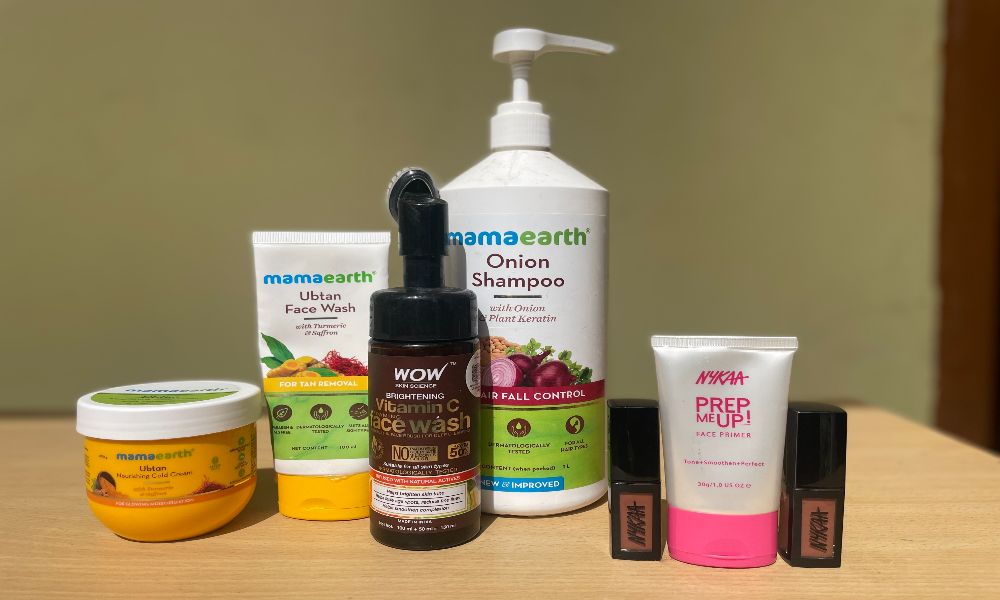High consumer spending and rising e-commerce penetration are anticipated to drive the Direct-to-customer (D2C) market in India, a report shows.
The D2C e-commerce market in India is expected to grow at a Compound Annual Growth Rate (CAGR) of 34.5 percent during the period 2022-2027 following the pandemic-induced lockdown and mobility restrictions, a D2C market analysis report shows.
The report by Mordor Intelligence, a business management consultancy firm shows that high consumer spending and rising e-commerce penetration are anticipated to drive the D2C market that offers customers the flexibility and convenience of buying the product of their choice.
The total income of Mama Earth, a growing beauty and personal care D2C brand rose 101 percent to Rs 952.4 crore in FY22 from Rs 472.1 crore in the previous financial year. In an interview with a national daily, Varun Alagh, CEO of Mama Earth said that the repeat percentage of customers and the proliferation of other channels helped the start-up turn profitable. Currently, 70 percent of their sales are through online channels, with the remaining 30 percent coming from offline channels.
Nikhil, a D2C consumer, said, “The D2C shopping ensures a huge array of quality products at a reasonable rate. Due to pandemic-induced lockdowns, most of my friends have started purchasing from D2C brands and they are also trustworthy.”
There are about 600 D2C brands in India and the market is worth about $1.9 billion contributing one percent to India’s Fast Moving Consumer Goods (FMCG) segment.
Athul, a former business development associate at Byju’s said that the D2C brands are expecting an enormous growth because of the improved brand engagement through advertisements and social media platforms.
D2C brands going brick and mortar
To expand their business and to increase their presence offline, almost all big players in the D2C segment like Mama Earth, Nykaa, BlissClub, and Boat have launched physical stores across the country.
While online presence gives customers easy access to D2C products, the offline expansion helps them achieve sustainable growth, institutional research from a D2C conference by HDFC securities shows.
Khushi Prakash, employee at a Mumbai-based D2C company, said, “Offline stores help us have a physical presence that can increase brand visibility and credibility. They also provide a way for customers to interact with and try out our products before purchasing them. Additionally, offline stores can serve as a distribution point for online orders, allowing faster and more convenient delivery for customers.”
A recent survey by Criteo showed that 45 per cent of Indians surveyed, browse products online but buy them at a store, while 44 percent purchase online after selecting products at a retail store.
What is D2C?
Direct-to-consumer is a business model in which the manufacturers sell their products directly to consumers through digital channels, without the involvement of a third party. According to Inc42, a start-up-focused media & information platform, the D2C sector’s market opportunity is set to reach $100 billion by 2025, at an annual growth rate of 24 percent.
However, Rajat Wahi, partner at Deloitte India, said,“ The COVID-19-induced lockdowns over the past 18 months have dramatically changed shopper journeys and behaviours.” He added, “Successful brands will have to maintain the right balance between the online and offline channels as we move ahead in a data-driven economy.”
Nakula Reddy, retired professor of Economics at Osmania University, said, “With rise in number of digital literates particularly children and youth, there is bright future for D2C market in the Indian context.”
He added that India is still lagging behind countries like the US and China because majority of India’s population lacks digital literacy and are not able to conduct digital transactions due to fear of data theft.”




